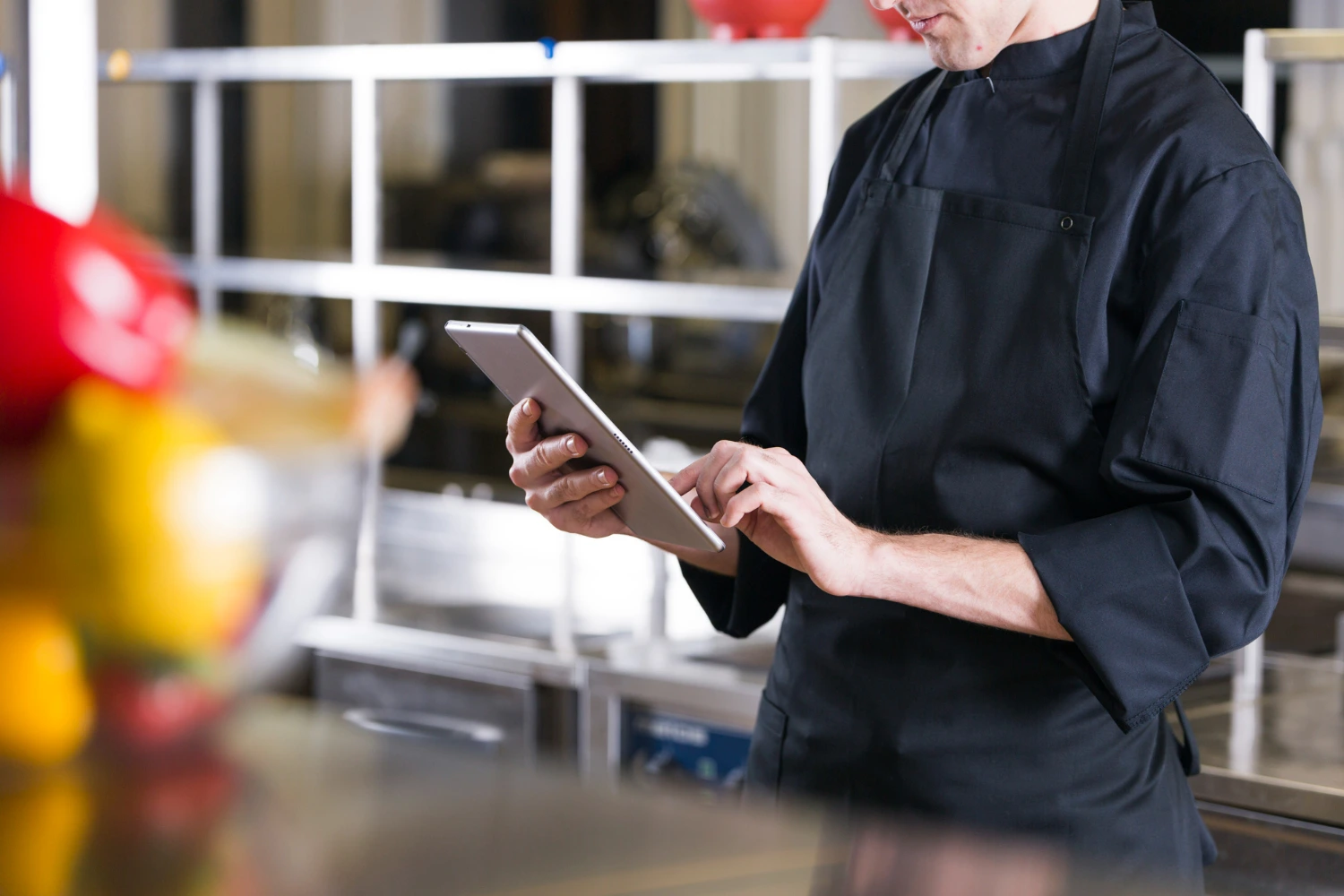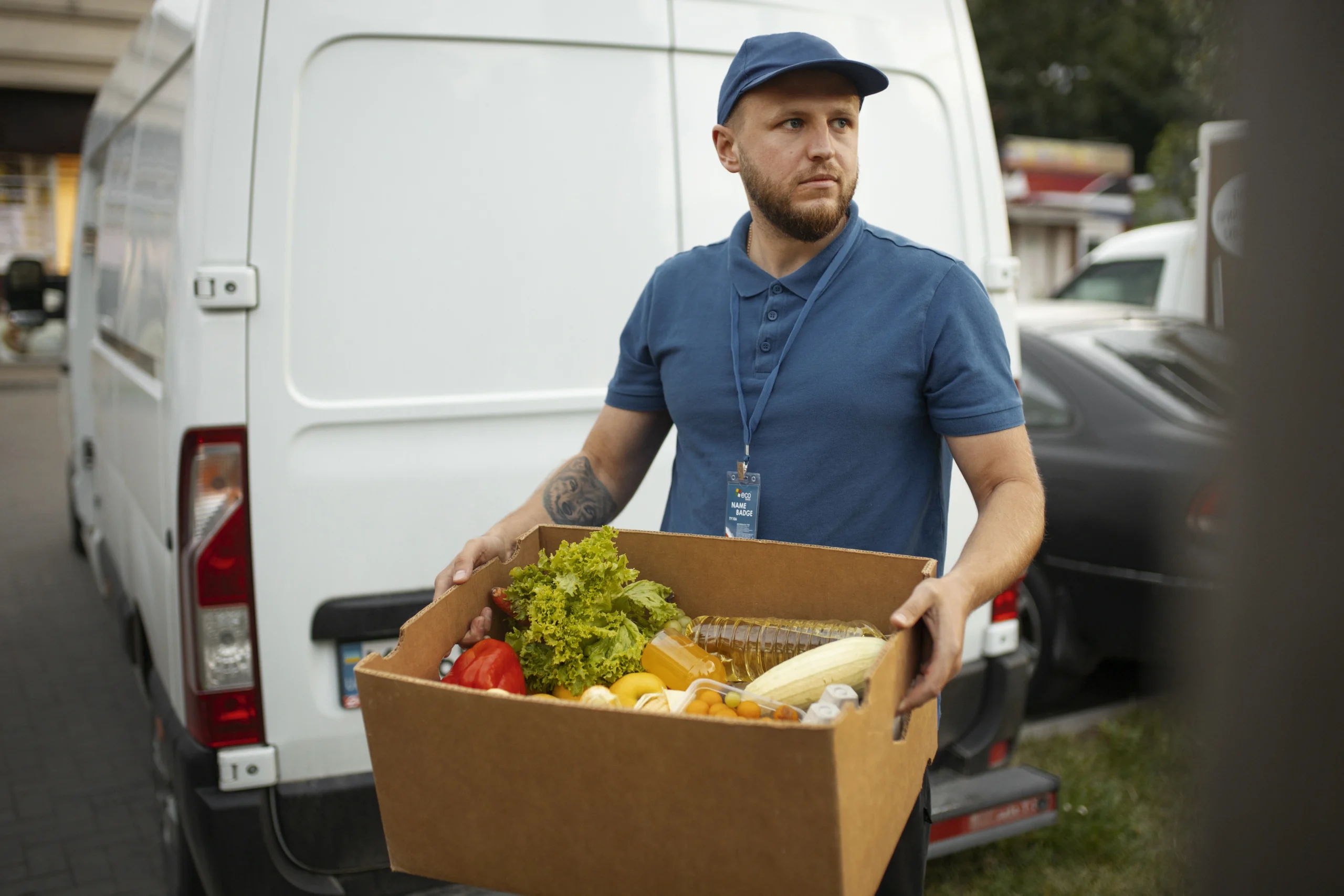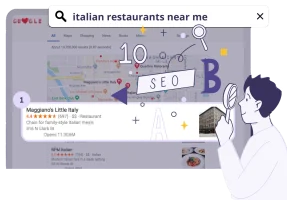The restaurant supply chain involves a series of stakeholders and interconnected processes that span from sourcing food supplies, storing the ingredients, food preparation, and customer service. Each stage plays a crucial role in the smooth and efficient running of a restaurant.
With so many players and uncertainties, the restaurant supply chain is prone to challenges. Disruptions in the supply chain negatively affect pricing, customer experience, and overall profitability. Therefore, restaurant owners and managers must competently navigate supply chain disruptions to ensure resilience during crises.
This article looks at supply chain disruptions in the restaurant industry and the effective strategies to overcome the challenges. Read on to learn how you can streamline your restaurant’s supply chain and strengthen resilience.

Recognising Supply Chain Weaknesses in Your Restaurant
Every restaurant owner or manager must be conversant with strategies to manage and prevent future crises in the supply chain. You must also be able to first recognise the challenges and weaknesses that might disrupt your restaurant’s operations before they become a major problem. Here are some of the supply chain challenges that can disrupt your operations:
Long Lead Times
Delays in deliveries lead to increased supply costs and delays in menu preparation. Poor route planning, bad weather, traffic, and regulatory requirements are some of the factors that cause extended lead times. When it comes to customer service, long lead times may lead to unnecessary customer queues, stockouts, poor customer experience, and increased operational costs.
Sustainability and Reporting
New regulations for sustainability and reporting, coupled with increased customer demand for sustainable products and services, have impacted the restaurant supply chains. With 13.2% of food produced being lost along the supply chain and the increasing concerns over single-use plastics, restaurants are finding it challenging to implement proactive measures aimed at minimising their carbon footprints, reducing waste, and promoting sustainability.
Supplier Unreliability and Collaboration Issues
Inconsistency in supply delivery disrupts the menu and kitchen operations, especially during peak seasons. Shortage of ingredients makes it hard or impossible to fulfil increasing customer orders, leading to long wait lists or missed sales opportunities.
Additionally, unreliable communication and lack of adequate collaboration between suppliers, customers, restaurant managers, and owners pose unique challenges that lead to rising supply costs, delayed deliveries, and poor customer service.
Effective Approaches to Overcome Supply Chain Challenges
Adopting the following approaches in your restaurant’s supply chain management will help you streamline operations, achieve profitability, enhance brand reputation, meet regulatory requirements, and fulfil customer demands.
Building Strong Supplier Relations: You can ensure a consistent supply of high-quality products by fostering effective communication, openness and collaboration with your suppliers. A collaborative problem-solving approach with vendors improves efficiency, saves time and money, and reduces costs.
Incorporating demand forecasting: Analysing historical data like past sales trends and other related factors helps your accounts and sales teams anticipate seasonal changes in demand. Demand forecasting enables you to prepare for future changes and adjust accordingly. This allows you to optimise operations and increase customer satisfaction.
Using technology: Nothing helps you streamline your restaurant supply chain more than leveraging modern technology. Advanced restaurant management systems can assist you in transforming your operations, enhancing transparency, becoming more sustainable and achieving resilience.

Leveraging Technology for Supply Chain Resilience
Leveraging technology helps your supply chain become resilient and overcome disruptions that lead to downtimes and losses. But what are some of the advanced technologies that can help you adjust accordingly?
Internet of Things (IoT)
IoT devices help you collect and exchange your restaurant’s data over the internet. Devices such as temperature sensors, smart refrigerators, and RFID tags automatically monitor the location and condition of your supplies in real-time. The monitoring also allows you to plan your floor and allocate tables accordingly.
Robotics and Automation
Autonomous systems and robotics have an immense ability to enhance your restaurant’s supply chain resilience. For instance, 24/7 service robots reduce labour costs by 75% and improve customer service. Additionally, restaurants using cooking robots experienced a tremendous increase in service delivery speed. Swift service leads to happier customers, and increases repeat patronage and profits.
Artificial Intelligence (AI)
AI is becoming a favourite tool for automating routine tasks like inventory tracking and order processing. Research indicates that 31% of restaurants globally intend to apply AI for purchasing, inventory control, and customer service. AI technology for restaurants also helps you manage customer data, forecast demand, identify patterns, and allocate tables automatically.
Utilising Technology to Strengthen Supply Chain Resilience
Improving supply chain resilience through technology involves the incorporation and utilisation of advanced technology to enhance the adaptability, flexibility and robustness of your supply chain, enabling it to adapt quickly to changes.
Leveraging technology can strengthen your supply chain resilience in the following ways.
Real-Time Tracking
The inventory tracking feature allows you to monitor inventory levels in real-time. This allows you to replenish your supplies in good time to avoid stockouts. Tracking also helps you to monitor the performance of your restaurant when on the go.
If you offer food delivery services, allowing your customers necessary access to your tracking system also enables them to track the progress of their orders in real-time. With 242 million food delivery service users across Europe, adopting real-time visibility is vital for strengthening resilience in the face of increasing takeout service demand, changing customer preferences, and stiff competition.

Reporting and Analytics
Reporting and analytics systems enable you to track demand patterns, identify trends, and adjust your inventory accordingly. With data insights from analytics, you can accurately forecast demand patterns and make informed decisions regarding the preparation of the menu and making required adjustments in time to avoid crises.
Digitisation
Digital transformation is a significant aspect of building resilient supply chains. Restaurants need to reduce reliance on paperwork by digitising their supply chains. For instance, the use of cloud-based platforms like transport management systems (TMSs) enhance visibility across the supply chain. Digital systems also help you manage online table reservations and manage late cancellations to avoid no-shows.
Final Remarks
The restaurant supply chain is prone to unexpected disruptions and challenges. The good news is that restaurant owners and managers can navigate the disruptions effectively by using the right strategies and advanced technology. However, it’s important to partner with a reliable logistics services consultant for expert guidance on how to get started.

Unlock the tips that will help you stand out from the crowd and get more bookings!

Learn how to save time, reduce stress and fill your restaurant while you sleep!

Stephanie Paris
Gen-Z marketing coordinator bringing fresh energy to web and graphic design, with a weekend habit of chasing adventure.

Stephanie Paris
Gen-Z marketing coordinator bringing fresh energy to web and graphic design, with a weekend habit of chasing adventure.









